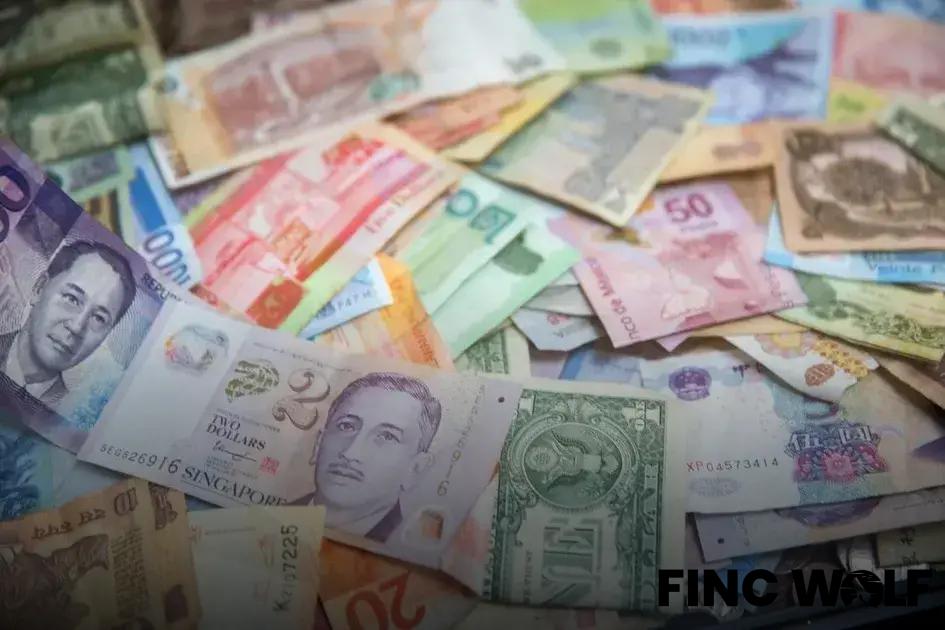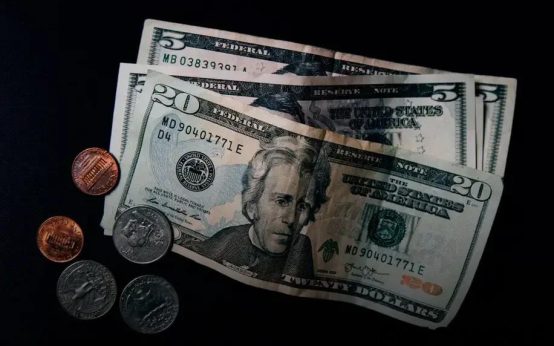Building an emergency fund is crucial for financial security. By focusing on how to build an emergency fund fast, you’ll create a safety net to cushion unexpected expenses. With tips ranging from budgeting to seeking extra income, you can bolster your finances quickly and effectively. Dive into methods including automating savings and cutting unnecessary costs for rapid results.
Start with a Budget Plan
Creating a budget plan is a crucial step in building an emergency fund quickly. Begin by assessing your current financial situation.
Track Your Income and Expenses
Review your monthly income and list all your fixed and variable expenses. This includes rent, utilities, groceries, and any other essential spending. Analyze your past months’ spending habits to identify patterns or irregularities.
Once you have a clear understanding of your financial inflow and outflow, prioritize essential expenses. By focusing on what is necessary, you can allocate funds effectively towards your emergency fund.
Set Realistic Budget Goals
Establish short-term and long-term savings goals. Start with a realistic amount you can deposit into your fund regularly without compromising your essential needs.
Hold yourself accountable by using budgeting tools or apps that can help track your progress and alert you if you are off track. These tools can provide insights into spending patterns and suggest areas where you can cut back. Revisit your budget regularly to ensure it aligns with your current financial situation and adjusts as necessary. Crafting a sound budget plan is a fundamental stepping stone to financial stability and a thriving emergency fund.
Eliminate Unnecessary Expenses

One of the key steps to quickly building an emergency fund is cutting out expenses that don’t serve your essential needs. Start by examining your monthly spending habits and identifying recurrent expenses that you can live without or find cheaper alternatives for. Consider making meals at home rather than dining out, which can significantly reduce costs. Transport costs can be significant, so try using public transit or carpooling instead of driving daily, if possible.
Subscription services are another area where many can save money. Review all magazines, streaming services, and any other ongoing subscriptions you have. Cancel those you rarely use. Every little bit counts towards growing your emergency fund.
Impulse buying is a common financial pitfall. Challenge yourself to avoid unplanned purchases by creating a mandatory 24-hour wait period before buying non-essential items. This delay helps you decide if an item is truly necessary.
Finally, examine utility bills and consider ways to reduce electricity, water, and gas usage. Simple actions like turning off lights when leaving a room or reducing water heating can shave off a decent amount of money monthly.
Automate Your Savings
Automate Your Savings is a smart strategy to ensure regular contributions to your emergency fund. Consider setting up automatic transfers from your checking account to a dedicated savings account. This method minimizes the risk of forgetting to save and helps you stay consistent with your savings goals.
An automatic savings plan also allows you to treat these contributions like any other recurring expense, such as utility bills or rent. By automating, you create a seamless process where the amount you decide to save is transferred routinely, reducing the temptation to spend that money instead.
Benefits of Automation
One of the key benefits is that it removes the decision-making process, making savings habitual. When the money is automatically set aside, you are less likely to notice its absence from your monthly budget, making it easier to adapt to living on the remaining funds.
Additionally, automation can be aligned with your payday. Set your transfer to occur shortly after your salary is deposited, which can further decrease the chance of accidental over-expenditure. This practice helps in building a fund consistently, even with a busy lifestyle.
Choose the Right Account
Ensure you are using a high-yield savings account for your emergency fund. Look for accounts that offer competitive interest rates, allowing your savings to grow faster. Consult with your bank or explore online options for accounts that do not charge monthly fees, which can erode your fund over time.
Seek Additional Income Streams

Seek Additional Income Streams
Expanding your income can significantly boost your capacity to build an emergency fund quickly. Utilizing your skills or hobbies can open doors to new cash flow. Consider taking up freelance work related to your expertise, such as writing, graphic design, or consulting. Online platforms can be an excellent place to find gigs that fit your schedule.
Another avenue for additional earnings is through the sharing economy. Renting out a spare room or utilizing short-term rental services can provide substantial income. Additionally, consider offering rideshares or delivering groceries if these fit your lifestyle.
Don’t overlook passive income opportunities. Investing in dividend-paying stocks or engaging in peer-to-peer lending can produce steady income over time. Always ensure you understand the risks involved when selecting investments.
Your hobbies can also be turned into profitable ventures. If you enjoy crafting or creating art, think about selling your products online. Platforms dedicated to handmade goods can connect you with potential buyers.
With the rise of digital content, starting a blog or YouTube channel might be worthwhile. These can grow into revenue streams over time as you build an audience. Be consistent and focus on content that attracts viewers.
Utilize Windfalls Wisely
Receiving a windfall, such as a tax refund, bonus, or even a financial gift, can be exhilarating. However, managing this influx of money wisely is crucial for building an emergency fund quickly. Instead of splurging on non-essentials, consider a strategic approach to utilizing these extra funds.
First, immediately allocate a portion of the windfall into your emergency fund. This ensures a direct impact on your financial safety net. By setting aside a significant amount upfront, your emergency fund starts to grow, providing a buffer against unexpected expenses.
Next, assess your current debts. If you have any high-interest debts, consider using a part of the windfall to pay them down. This reduces future financial strain, allowing more resources to flow into your emergency fund in the long run.
Another smart move is to invest a portion of the windfall in a high-yield savings account. This boosts your fund’s growth over time, making your emergency savings work for you by earning interest. Always ensure this account allows easy access to the funds in case of an urgent need.
Finally, review your goals regularly and adjust your strategies as needed. By staying disciplined and proactive with your windfalls, you can rapidly build a reliable emergency fund, providing peace of mind and financial security.
Monitor Your Progress Regularly

Consistently keeping track of your savings progress can ensure you stay on the right path. Regular monitoring is crucial as it helps you identify whether you are meeting your savings goals and alerts you if any adjustments are needed.
Begin by setting clear milestones for your emergency fund journey. These milestones act as checkpoints and bring a sense of accomplishment when reached. Consider using financial tools or apps that provide an overview of your savings habits and progress. These tools can offer visual insights and motivate you to remain committed.
Review your accounts at least once a month to ensure everything is proceeding as planned. During these reviews, compare your budget allocations with actual savings. Check whether there are any areas where you could improve your saving strategy.
It’s also important to adjust your financial plan if your income or expenses change. Life situations fluctuate, and being flexible ensures that your emergency fund doesn’t fall short of its target. Adaptability can make a substantial difference in rapidly building a robust safety net.





